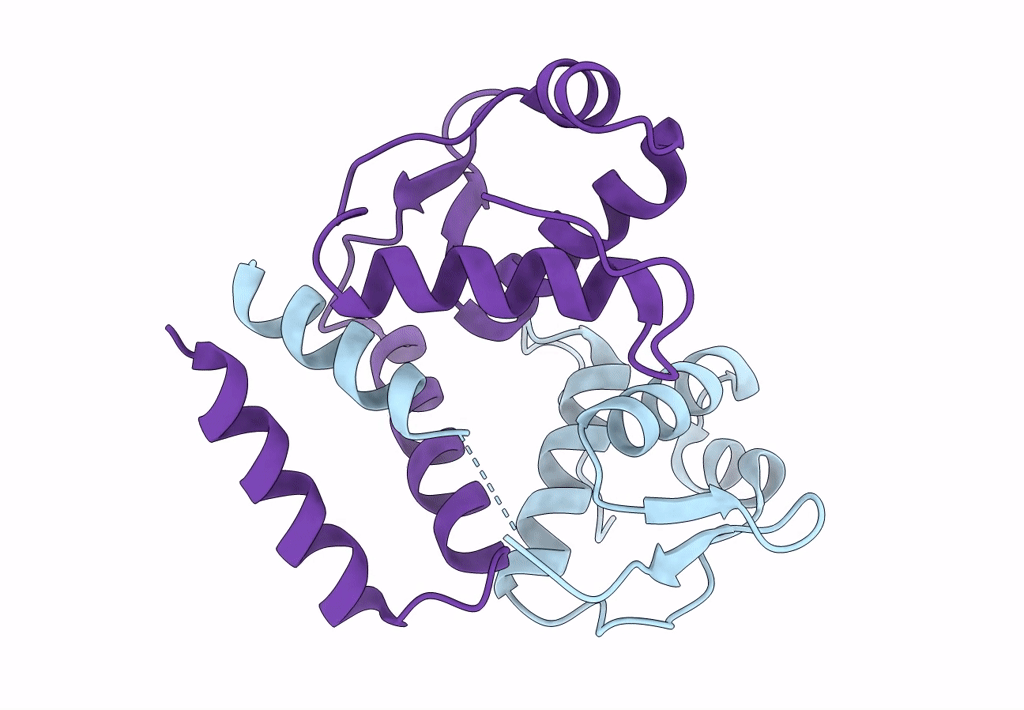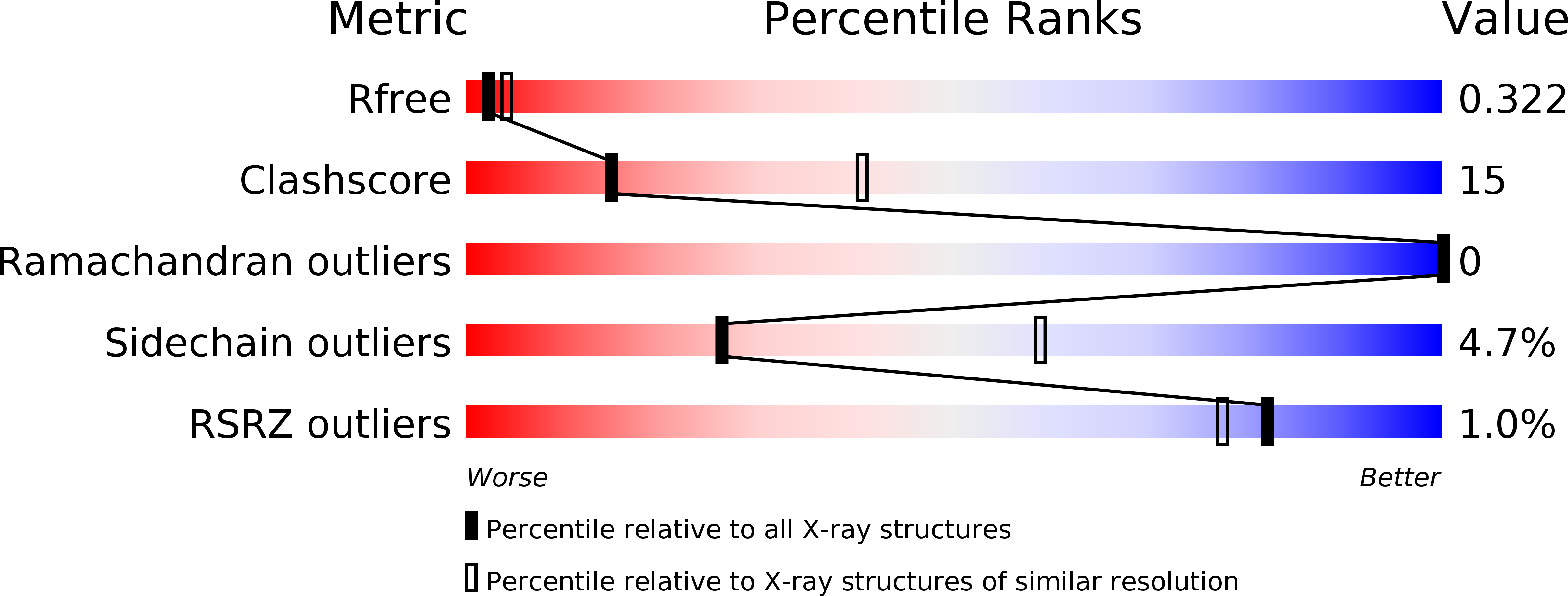
Deposition Date
2019-07-22
Release Date
2019-07-31
Last Version Date
2024-05-15
Entry Detail
PDB ID:
6SBS
Keywords:
Title:
YtrA from Sulfolobus acidocaldarius, a GntR-family transcription factor
Biological Source:
Source Organism:
Host Organism:
Method Details:
Experimental Method:
Resolution:
2.80 Å
R-Value Free:
0.32
R-Value Work:
0.24
R-Value Observed:
0.25
Space Group:
P 62


